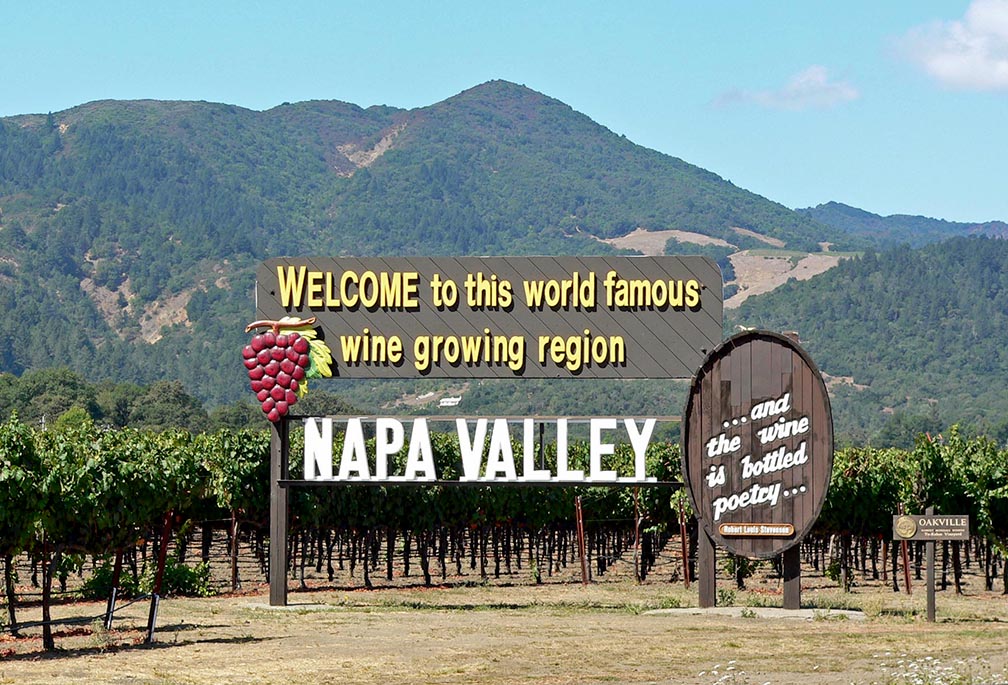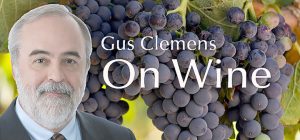Once upon a time Napa Valley was a place of pastoral legend. Blessed with the bucolic beauties of wooded knolls, forested slopes, springtime fields dappled with mustard flowers, summertime’s lush greenery, the valley aflame in reds and yellows come fall. The human presence was a smattering of vineyards and family-owned wineries, dairies, cattle ranches, walnut groves, plum-tree orchards.
Today, most of that is only idyllic memory seen through the gauze of embellished nostalgia. Napa remains one of the world’s iconic wine regions, but it is a vastly different Napa. From around 40 wineries in the 1970s, there now are 1,700 wineries and raging fights over land and water use.
The valley is just 30 miles long and five miles wide. Its two main roads, Highway 29 and Silverado Trail, have morphed from picturesque country lanes into miles-long traffic jams. In 1985, with its reputation swelling from the “Judgement of Paris” and the TV soap opera Falcon Crest, there were rumblings about how two million visitors a year threatened Napa’s charm.

Today, Napa draws four million visitors a year. Where wine tastings used to be free, they now cost up to $300. Where there once was a single hotel, now there is lodging everywhere. Expensive three-star restaurants seemingly sit on every corner. Once there were family farm houses, now “Château Egos” where people who made fortunes elsewhere pursue seigneurial fantasies.
The sweeping fields of vines still yield world-class treasures. But nature also feels the agony of change. The sublime blazes of fall colors now compete with the blazes of wind-whipped wildfires. Water, a precious resource even in the pastoral past, now presents crisis with heavier use and lighter rain and snowfalls. Climate change threatens legendary grape varieties. Pinot noir is pulled for heat-friendly zinfandel and aglianico. Even some cabernet sauvignon—Napa’s signature, bedrock variety—may have to be replaced in warmer Napa niches.
Change is inevitable. Pendulums swing. Napa survives, but not in the ways it was back in the old days.
Tasting notes:
• Gamble Family Vineyards Rosé Napa Valley 2021: Red fruit-forward; built for those who are not fans of lighter style of rosé. $18-26 Link to my review
• Stags’ Leap The Investor Napa Valley Red Wine 2018: Leans more towards elegance than raw Napa power. $42-55 Link to my review
• Davis Estates Merlot, Napa Valley 2017: Coats your mouth with pleasuring fruit, soft tannins, hints of chocolate. $70 Link to my review
• Larkmead Vineyards Cabernet Sauvignon, Napa Valley 2019: Opulent, hedonistic pleasure. Napa cab that is affordable—in Napa cab terms. $110-130 Link to my review
Last round: What kind of sandals do frogs wear? Open-toad. Wine time.

